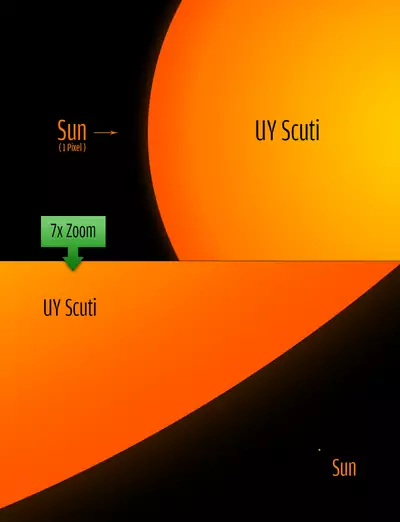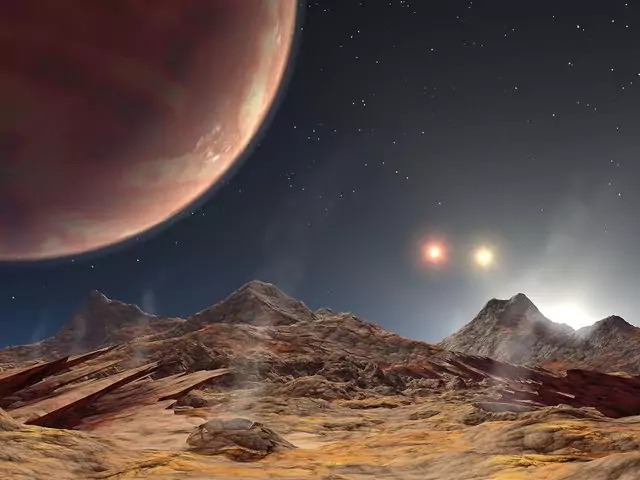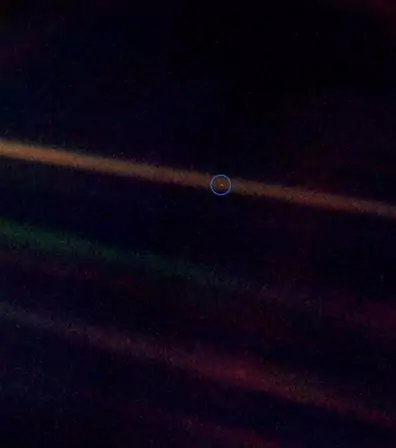Interesting facts about space and universe | Space facts to know
Everytime we search for new cosmic objects in the universe, we are discovering new and interesting things. Let us see about some of the interesting facts about space and universe.
1. Sun looks small like moon in our sky, but we can fit nearly 1 million Earth’s in Sun. If we consider the whole weight of the solar system, only Sun weighs nearly 99.8 % of the total weight. Remaining 0.2% is the weight of all planets, asteroids, moons etc.,
2. Gravity shows some impact on our height also. If we are in space, our height will increases by few cms. Astronauts in international space station experiences this change.
3. Space is full of silence, because of the no sound can travel through space. Sound needs a medium to travel. So, we can’t hear any sounds in space.
4. At present, five countries plotted their flags on moon. They are US, Soviet Union, Japan, China and India. In which the US flag is plotted by the astronauts and remaining other flags are plotted by spacecrafts.
 |
| Apollo_15_flag Image credit: Astronaut David R. Scott, Apollo 15 commander. - Apollo Lunar Surface Journal, NASA Image and Video Library |
5. The density of Saturn is less than water. Saturn’s density is about 687 kg/m3. So, if we place Saturn in large ocean, it will float on water.
6. What will happen, If we didn’t dressed up with spacesuit in space?
We will die in few seconds,
On Mars and Mercury, we can survive for 2 minutes.
On all other planets except Earth, we will die in fraction of a second, due to the temperature, pressure, gases, radiation and atmosphere.
7. As of we know, UY Scuti is the largest star in the universe. If we replace Sun with UY Scuti, then it will engulf the orbits of the Mercury, Venus, Earth, Mars and Jupiter.
 |
| UY_Scuti_size_comparison_to_the_sun Image credit: By Philip Park - Own work, CC BY-SA 3.0, https://commons.wikimedia.org/w/index.php?curid=31016689 |
8. As of we know, the oldest star in the universe is HE1523-0901, which is 7500 light years away from us. It is 13.2 billion years old, which means it was born in the early stages of the baby universe.
9. Not only planets, stars, asteroids and other celestial objects rotates around themselves, Black holes also make rotations. They nearly rotate at the speed of light. As of we know, NG 1365 is the fastest rotating black hole, which rotates at 85% of the speed of light. It completes 1.07 billion rotations every hour.
10. Anything in the universe can be converted into a black hole, if we can compress a large object into minute one. If we can compress Sun into a object of 3 KM, then it will become a black hole. And similarly, if we can compress Earth into 9mm (radius) object, then Earth also will become a black hole. The compressed radius is called Schwarzschild radius
11. Some solar systems contains more than one star. When a star system has two or three stars, they are commonly called double or triple solar system. A star system in 151 light years in Cygnus constellation is a triple solar system, named as HD188753. In which we discovered a planet named as HD188753Ab. It is the first planet discovered in a triple solar system and we can watch 3 Sun’s from its surface. So, a single night will come after many years.
 |
| Triple_star_sunset_impression Image credit: NASA/JPL-Caltech |
Not only HD188753, Kepler 64 system is a 4 star system and Castor system is a 6 star system.
12. The dot in the picture is Earth. This picture is taken by Voyager 1 from 6 billion kms away from Earth, becoming the longest photographed picture ever taken of Earth.
 |
| Earth_from_6_billion_kilometers Image credit: NASA |
For more information click here and for updates please follow my site,
Thank you.
Nyc short paragraphs with interesting content 😁
ReplyDeleteInteresting
ReplyDelete